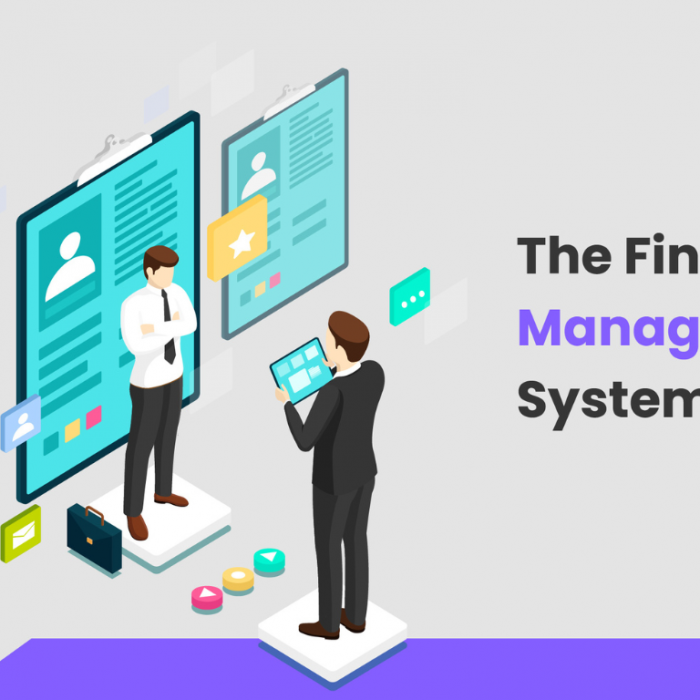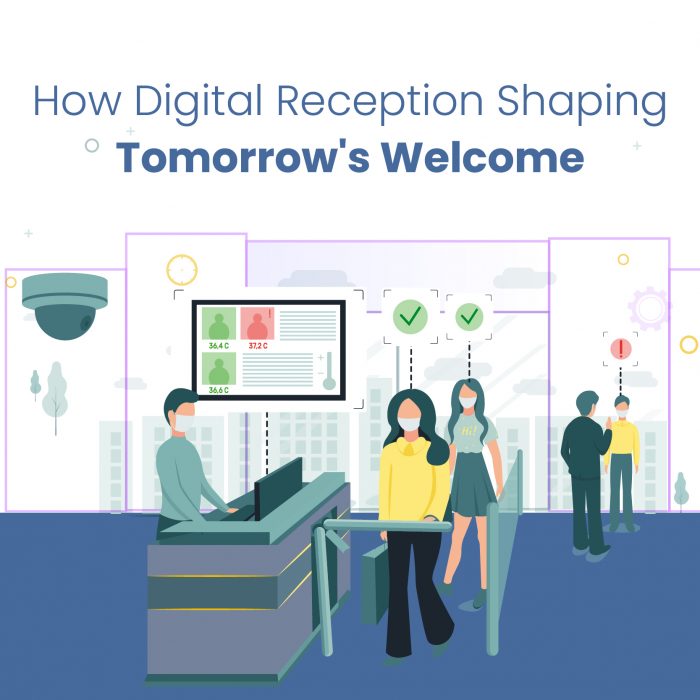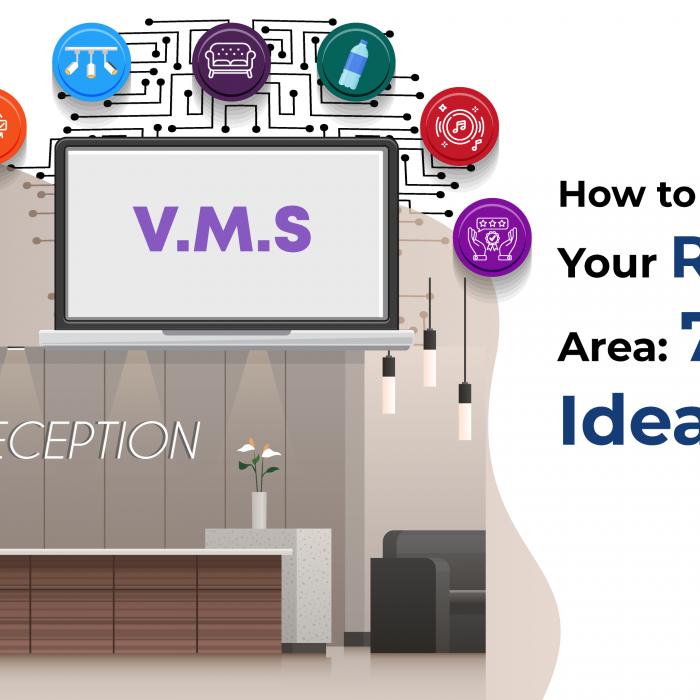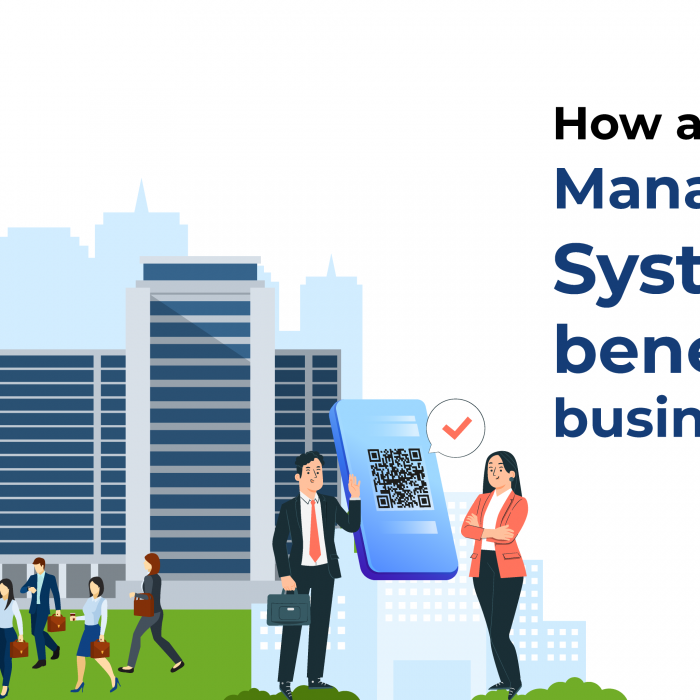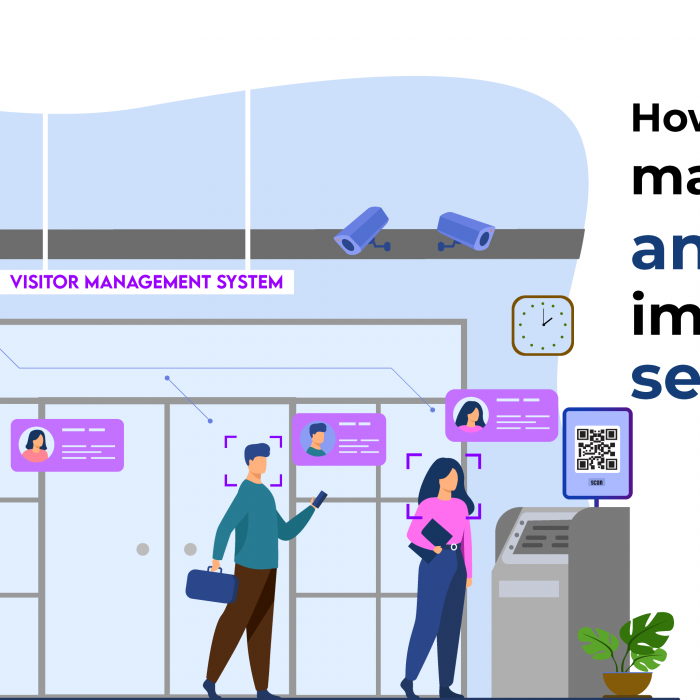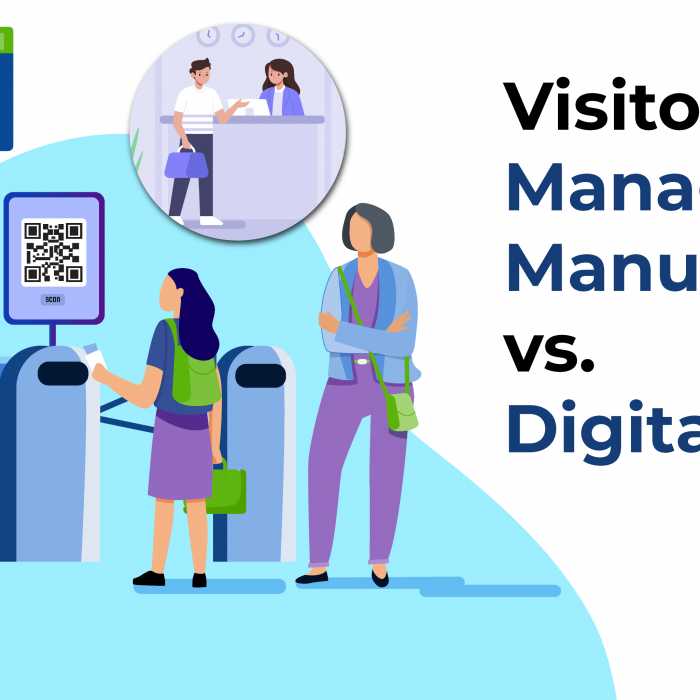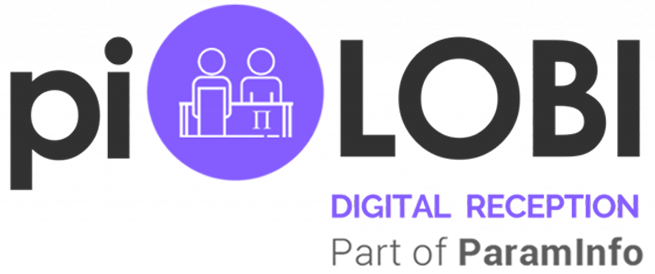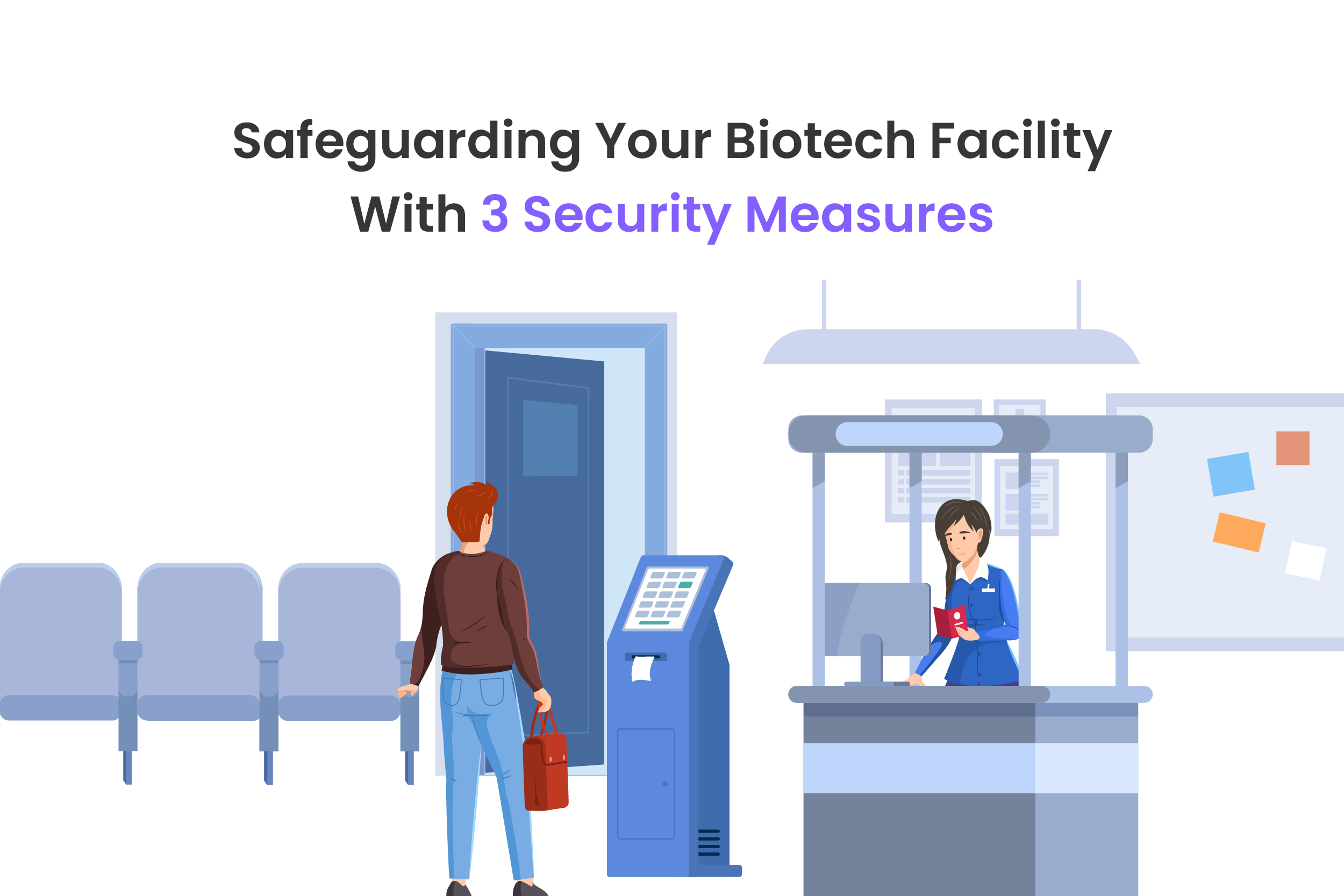
Safeguarding Your Biotech Facility With 3 Security Measures
The pharmaceutical industry is heavily regulated and faces several challenges every day. These companies must follow various regulations regarding safety and security; non-compliance with the policies may result in significant losses.
Like all other industries, the pharmaceutical sector has made strides toward developing sustainable products and production methods. However, the increasing advancements in science and technology have raised the need for advanced security in the workplace.
Ensuring compliance with security policies and creating a safe workplace for your employees does not have to feel overwhelming. With the aid of visitor management software and other surveillance tools, securing your facility becomes simple and effective. This blog will look at three critical strategies for protecting your company from potential dangers and risks.
Protecting Your Pharma with Monitoring and Robust Surveillance Systems
One of your business’s most critical security steps is to use robust surveillance and monitoring systems to protect your medical equipment, technology, and assets.
Pharmaceutical organizations and biotech facilities should consider investing in monitoring and surveillance systems for several important reasons, such as:
- Product Quality and Safety: Real-time temperature, humidity, and light exposure data help medical products be transported and stored safely. Pharmacy companies can proactively monitor these elements to prevent adverse events, deviations, and product hazards and comply with product quality standards.
- Protect employees: From manufacturers to scientists, each employee is an asset to any pharma company. Surveillance systems can monitor various workplace aspects, such as laboratories, manufacturing, and storage facilities. As pharmaceutical companies are subject to stringent norms, surveillance systems can help ensure employees’ compliance with regulations.
- Supply Chain Security: Monitoring and surveillance systems can optimize supply chain security by tracking products across the distribution network. This is particularly true for complex business entities. Furthermore, these systems can recognize potential risks and take preventative action to assist companies in cushioning their reputation and products.
- Risk Management: Every product and procedure is associated with risk. Monitoring and surveillance systems allow pharmacies to identify risks related to product quality, safety, durability, and reliability.
- Early Warning Signs: These systems can act as early warning signs of probable issues or trends. Pharmaceutical companies can identify patterns and signals pointing to safety concerns or new dangers by gathering and evaluating data from various sources, including adverse event reports, social media, and public health databases. Due to this early detection, businesses can preserve public confidence and safeguard employee safety by acting quickly to adopt risk mitigation techniques or start product recalls.
Create an Effective Visitor and Safety Management System
Without an effective workplace visitor policy or system, tracking visitors’ movements in a vulnerable workplace would be challenging. Visitor management systems monitor every move and alert the appropriate person about unauthorized or suspicious activities. It can solve and optimize the following activities:
- Digital signatures
- Quick and easy visitor check-ins
- Real-time host notifications
- Multi-location management
- Digital reception
- Maximized front-desk efficiency
Further, the following reasons will explain how a visitor management system can help pharmacy companies and biotech facilities regarding safety management:
- Compliance: A pharmacy company cannot run without complying with various regulations and policies. The visitor management software can streamline processes like verifying the visitor’s identity and recording the purpose of their visit.
- Safety and Security: Pharmaceutical industries deal with highly confidential and sensitive information, products, and equipment. Thus, it is vital to allow authorized and regulatory personnel to access and enter the premises with valid credentials. A safety management system prevents theft, espionage, and other safety/security related threats.
- Intellectual Property Protection: A biotech facility stores valuable formulations, technologies, properties, and data. A visitor management system enables businesses to respond quickly to unlawful entry.
- Safeguarding Reputation: A single act of disgrace can destroy a pharmacy’s reputation. Its visitors can also defame the company of those who engage in unethical practices. Visitor management software can ensure that visitors follow the company policies and code of conduct.
Features of Trusted Visitor Management System
Streamline Visitor Management
With digital reception at your disposal, you can simplify your visitors’ data, eliminating the need for a receptionist.
Manage Meetings
Create alerts and manage your employees’ meetings with the management feature.
Track Attendance
You can access and view your employees’ attendance, enabling you to improve your business efficiency.
Capture Images
Enhance the security measures at your workplace by collecting the visitors’ details including their captured facial images and digital signatures with the help of the visitor management software.
Utilizing Employee Training and Awareness Programs
Establishing employee training and awareness programs will tighten the overall safety of a pharmaceutical company.
Basic training should include the following themes:
Orientation and Induction Training
This involves informing new hires about the company’s policies, practices, and safety measures. It also consists of acquainting them with the reporting protocols, locations of safety equipment, and emergency exits.
Work-Specific Training
This training involves delivering thorough instruction based on each employee’s unique position and duties inside the company. This could entail handling dangerous materials, receiving practical training using equipment, and adhering to legal regulations.
Private instruction
Tailored instruction to meet each employer’s needs, clarify doubts, and reaffirm essential safety procedures. This guarantees that every worker gets the assistance and direction they need to complete their jobs safely and successfully.
Behavioral and Self-Training
Encouraging a work environment where individuals take personal accountability and safety seriously. Promoting self-evaluation, lifelong learning, and early detection of possible concerns to one’s health or safety at work.
Training and awareness programs consist of the following themes:
- Complying with the Guidelines: Pharmacy organization personnel must comply with drug quality and safety guidelines when performing medical practices. The training includes defining job tasks that align with body regulations.
- Safety Measures: Working with pharmacy products and equipment without safety regulations can be hazardous, and a pharmacy needs to establish appropriate safety rules to protect its employees from potential accidents. The company should also train the employees to ensure they follow the regulations, reduce the risk of harmful events, and protect their well-being.
- Awareness: Being aware of the signs of chemical exposure, understanding equipment dangers, and knowing the practices of ergonomic techniques will empower employees to recognize hazardous threats proactively.
- Safety Response Procedures: Educating employees on responding to emergencies such as fires, chemical spills, and medical accidents will help them follow safety procedures effectively. These procedures include first aid training, evacuation procedures, and coordinating with emergencies.
Pharmacy organizations are dedicated to upholding the highest quality, integrity, and worker welfare levels in their operations by prioritizing regulatory compliance and safety procedures. This all-encompassing strategy guarantees adherence to legal mandates and cultivates a culture of safety and responsibility inside the company.
Conclusion
Success in the pharmaceutical sector depends on maintaining a safe workplace and following regulations. Strong surveillance and monitoring systems can help pharmaceutical businesses secure workers, manage risks efficiently, improve supply chain security, preserve product quality and safety, and identify early warning indicators of possible problems.
Investing in a visitor management system improves safety and security, guarantees regulatory compliance, expedites procedures, and safeguards priceless intellectual property.
Comprehensive staff awareness and training programs also nurture a culture of personal accountability, compliance, and safety.
